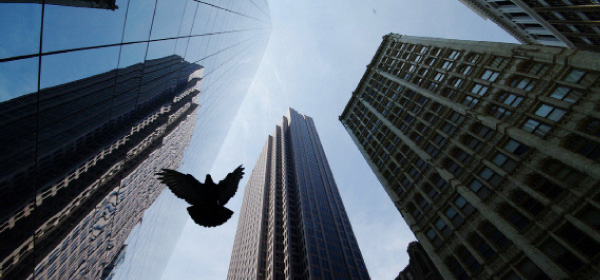 story by Bernard Brown l photo by Craig StottlemyerAbout a year ago, I was sent a video of a red-tailed hawk plucking a dead pigeon on the roof of a car, right across the street from the Burger King at Eighth and Market. A crowd of cell-phone photographers surrounded the truck until the spooked raptor moved to another table (on a nearby light post).
story by Bernard Brown l photo by Craig StottlemyerAbout a year ago, I was sent a video of a red-tailed hawk plucking a dead pigeon on the roof of a car, right across the street from the Burger King at Eighth and Market. A crowd of cell-phone photographers surrounded the truck until the spooked raptor moved to another table (on a nearby light post).
Hawks aren’t the only predators that like to eat pigeons. We domesticated the pigeon, or rock dove, originally a Mediterranean and Central Asian species, more than 5,000 years ago. As you watch the scruffy “rats with wings” begging for crumbs at your bench, it might be hard to imagine, but we brought rock doves here as food. Our urban pigeons are descendants of escaped livestock, later mixed with generations of pigeons bred for racing or showing.
Wildlife observers tend to focus on individual creatures, but from an ecological perspective the relationships among species are more important. Follow a carbon atom from the sunny day when it gets sucked out of the air by a wheat plant in Central Pennsylvania and, utilizing solar energy, split from its two oxygen friends and worked into a seed. Our atom later finds itself harvested, ground into flour, trucked to Philadelphia and then baked into a pretzel. A bureaucrat, late for his morning conference call, buys the pretzel on the way out of Suburban Station, and brushes the atom free (inside a crumb) along with excess salt crystals. That crumb lands next to a trash can outside the Municipal Services Building.
Enter the pigeon. He picks up our carbon atom in the crumb, and routes it into powerful breast muscle.
The food web or carbon cycle diagrams in textbooks are typically of “wild” systems (grass → wildebeest → lion), but this food web has, until now, been entirely civilized. However, later that afternoon, a peregrine falcon, from its nest above City Hall, blasts our hero out of the sky.
Peregrines, unlike the generalist red-tails, specialize in spectacular aerial attacks on other birds, nailing their prey in dives topping 200 miles per hour. Like pigeons, they evolved nesting on cliff ledges, making them at home in urban canyons.
“If you wanted to design a bird to be ideal as food for a peregrine, you’d design a pigeon,” says Dr. Arthur McMorris, peregrine falcon coordinator for the Pennsylvania Game Commission. Pigeons are just the right size. They’re fast, but peregrines are faster. Ancestral rock doves might have zig-zagged, but we bred their descendents to fly straight, making them easy targets. If you happen to see discarded pigeon heads and wings on the sidewalk, look up, says McMorris. You’re probably standing under a Philly falcon’s plucking post, where they unwrap their favorite food.
Peregrines, native birds reintroduced to eastern North America after their pesticide-poisoning crash of the mid-1900s, were taken off the federal Endangered Species list in 1999. They have taken hold in urban areas thanks in large part to the feral pigeons we support with our crumbs and leftovers. So, as successive falcon generations disperse across the countryside, we can thank the lowly rats with wings.
Bernard Brown is an amateur field herper, bureaucrat and director of the PB&J Campaign (pbjcampaign.org), a movement focused on the benefits of eating lower on the food chain. Read about his forays into the natural world at phillyherping.blogspot.com.


